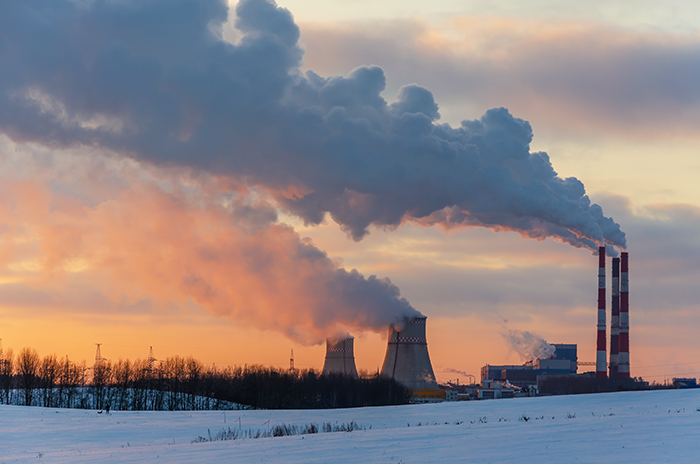United States Economic Snapshot
Economic Forecast Summary (November 2022)

Economic Outlook Note - United States
Real GDP is projected to grow by 1.8% in 2022, 0.5% in 2023 and 1.0% in 2024. High inflation and tighter financial conditions will further crimp spending plans across the economy. With the notable slowing in domestic production, labour demand and wage growth will weaken. Price pressures will recede as energy prices stabilise and demand slows, but core inflation is not projected to return to the vicinity of the Federal Reserve target until late 2024.
©Shutterstock/Karabin
Read full country noteEconomic Survey of the United States (October 2022)
The United States economy rebounded strongly from the depths of the pandemic recession, aided by a large and enduring government policy response. However, Russia’s war against Ukraine and strong inflationary pressures have dampened the economic outlook. The administration is reinforcing public welfare through packages that invest in infrastructure and the climate transition, but an ageing population means fiscal pressures are on the horizon. In response, further efforts should focus on both broadening the tax base and improving public spending efficiency, particularly in the areas of health and infrastructure. A persistent long-term challenge has been the hollowing out of the middle class, which has experienced stagnating incomes and rising costs of living. Two pressing policy challenges for this group relate to improving childcare and the climate transition. Expanding public investment in childcare can improve its affordability for the middle class and benefit female labour force participation. In addition, the impact on the middle class of policies to reach net zero carbon emissions by 2050 should be taken into account. An important aspect will be ensuring that active labour market policies and place-based policies are in place to tackle labour market disruptions as jobs reallocate from high-carbon to low-carbon activities.
Executive Summary
Presentation
Further reading
- United States: Challenges Faced by the Middle Class, Blog Post
- Survey video
- Press release | Communiqué de presse
- Read the survey online
- Previous surveys | Études précédentes
Reform Priorities (April 2021)

Going for Growth 2021 - United States
The pandemic risks exacerbating the existing inequalities among social, ethnic and racial groups. The government cushioned the impact on vulnerable households, especially by providing cash transfers and expanding unemployment benefits. Nonetheless, a key policy priority should be to further improve the opportunities for the most vulnerable. Enhancing education, training and green infrastructure investment would contribute to more sustainable, resilient and equitable growth.
©Shutterstock/Anton Petrus
Read full country note2021 Structural Reform Priorities
- Labour market: Improve quality of retraining programmes to facilitate labour market transitions
- Education and skills: Improve equality of opportunities across social, racial and ethnic groups
- Labour market: Restrictive zoning, occupational licensing and non-compete agreements are constraining labour reallocation
- Healthcare: Reduce disparities in access while improving spending efficiency
- Infrastructure: Combat congestion and environmental degradation with infrastructure investment